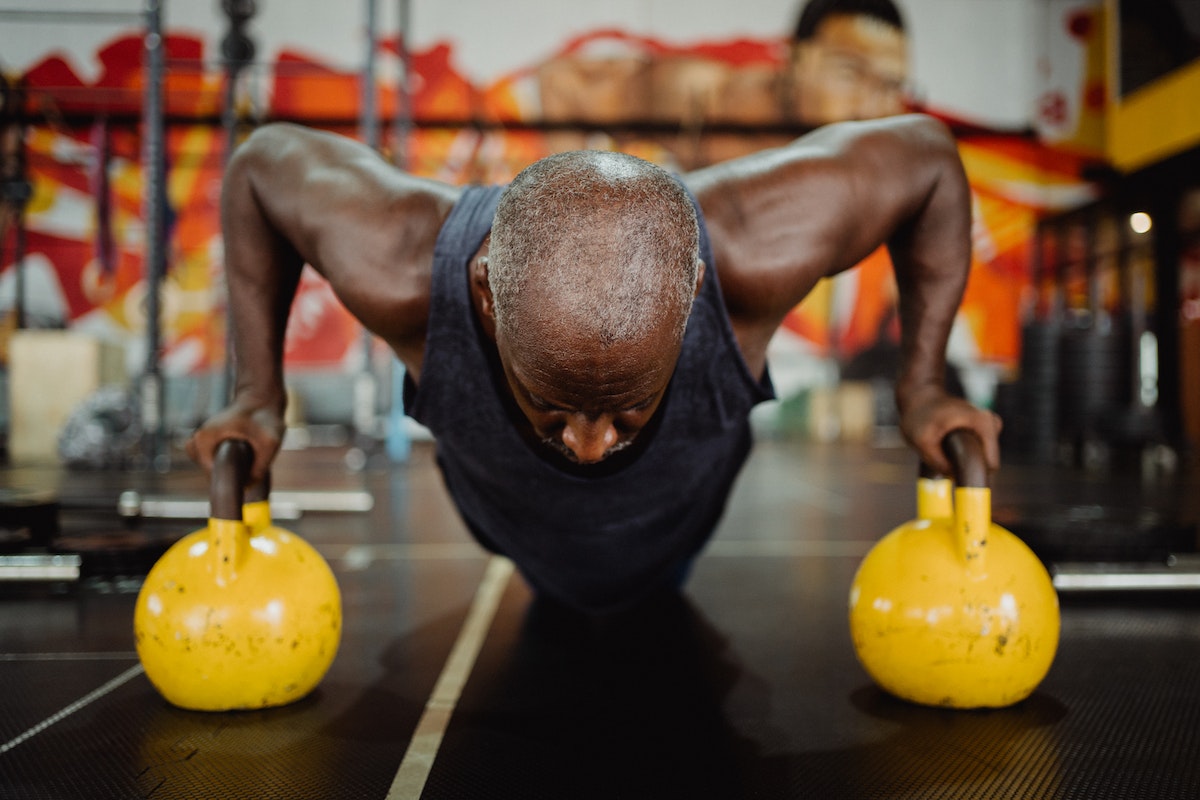
Training Over 60 – Tips!
Age might be a number, but it’s a number that brings changes to our bodies, minds, and lives. However, these transformations should not hinder anyone from staying active and fit. With age, the need for staying physically active becomes more critical.
So, whether you’re about to embrace your 60s or you’re already there, this blog post will guide you on how to train effectively and safely.
*The Importance of Training Over 60*
Physical activity and training at any age foster overall well-being, but it becomes particularly beneficial for people over 60. Physical fitness slows down the natural loss of bone density and muscle mass that comes with aging. It enhances cardiovascular health, flexibility, balance, and strength. Regular physical activities can also boost mood and energy, aiding cognitive function, and potentially reducing risks of mental health issues such as depression and anxiety.
*How to Begin – Starting Safely and Slowly*
Embracing a new training routine can feel overwhelming, especially if it hasn’t been a consistent part of your life so far. The key is to start gradually. Always consult a healthcare professional before starting any new fitness regimens. They will evaluate your health conditions and recommend the exercises that are safe and suitable for you.
In general, it’s advisable to kick off your fitness journey with low-impact exercises. Activities like walking, swimming, or yoga are excellent choices. They are gentle on the joints and ensure that you can progress at your own pace.
*Catered Training Regimes – Building Strength, Flexibility, and Balance*
As you begin to get comfortable with regular exercise, the goal should be to incorporate a mix of cardio, strength training, balance exercises and flexibility workouts into your routine.
Strength Training:
This can help combat the loss of muscle mass that comes with age. Exercises like squats, lunges, or lifting light weights are typically recommended.
Flexibility Exercises:
Regular stretching or engaging in activities like yoga could improve your flexibility, enhance your range of motion, prevent injuries, and assist with better posture and balance.
Balance Exercises:
Balance tends to decline with age, but certain exercises can counteract this. Activities such as standing on one foot, heel-toe walks, or Tai Chi can help improve stability.
Cardiovascular Exercises:
Aerobic activities like brisk walking, cycling, or swimming help boost your heart health and endurance, assisting with weight management and improving lung capacity.
Remember, each body has unique needs and responds differently to various forms of exercise, so it’s crucial to find what works best for you.
*Advancements in Technology – Using Digital Aids*
Technological advancements have brought about digital applications and virtual platforms that can guide you through training, whether it’s a new yoga pose you want to try or a stamina-building workout you intend to follow. A simple search through your phone’s App Store can provide an array of options tailor-made for older adults.
*Staying Hydrated and Fueled*
Staying hydrated and ensuring your body is properly nourished is paramount, especially for individuals over 60. Be sure to drink adequate water throughout the day. Equally important is maintaining a balanced diet that provides necessary nutrients to support your physical activities.
*The Power of Persistence and Patience*
Remember, exercise is not about perfection; it’s about progress. It may take more time to build and maintain strength as you age. That’s alright, and it’s essential to listen to your body, knowing when to push a little more and when to rest. Remember to celebrate small victories, like walking that extra mile or successfully completing your yoga session.
In conclusion, turning 60 does not mean you need to slow down. Quite the opposite, it’s a golden opportunity to embrace a well-rounded training routine that promotes longevity and a vibrant life. Persistence, patience, and understanding your body’s needs are key. Here’s to strength, vitality, and health in your 60s and beyond!



